Many American brands are household names in Canada, enjoying strong brand loyalty, convenience, and market dominance. But behind the polished advertising and everyday presence, some of these companies quietly contribute to economic, environmental, and social strains across the country. From pricing discrepancies and job displacement to privacy concerns and local business disruption, the impact of these familiar names goes deeper than most Canadians realize. These are 16 popular American brands quietly hurting Canadians.
Amazon
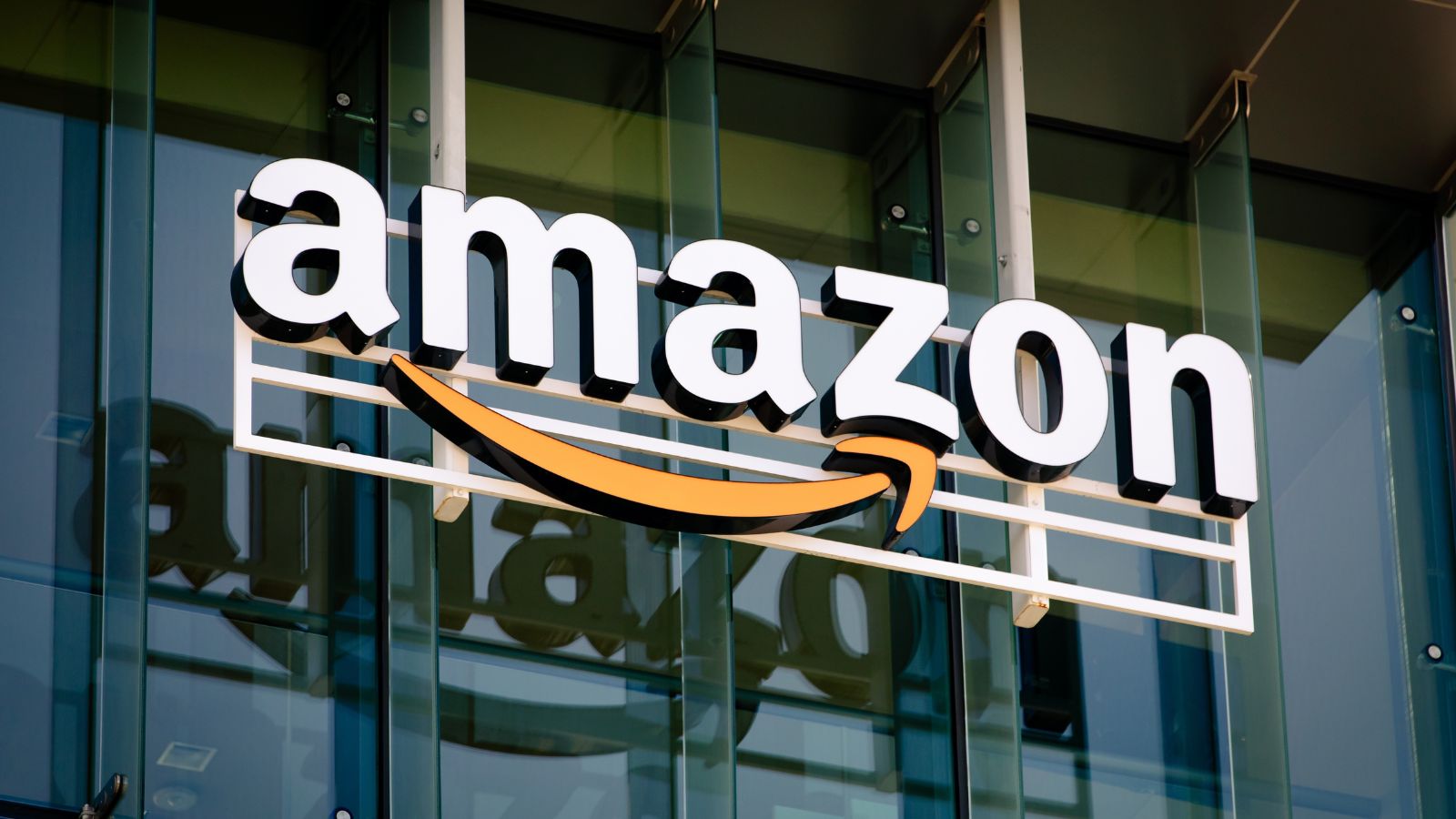
Amazon may offer unbeatable convenience, but it comes at a hidden cost to Canadian communities and workers. Many small and independent businesses across the country struggle to compete with Amazon’s low prices and vast reach, resulting in local closures and job losses. Additionally, Canadians often face higher prices and fewer options compared to U.S. customers. While same-day delivery is appealing, it fuels unsustainable logistics and contributes to carbon emissions, all while the company pays minimal tax in Canada.
Walmart
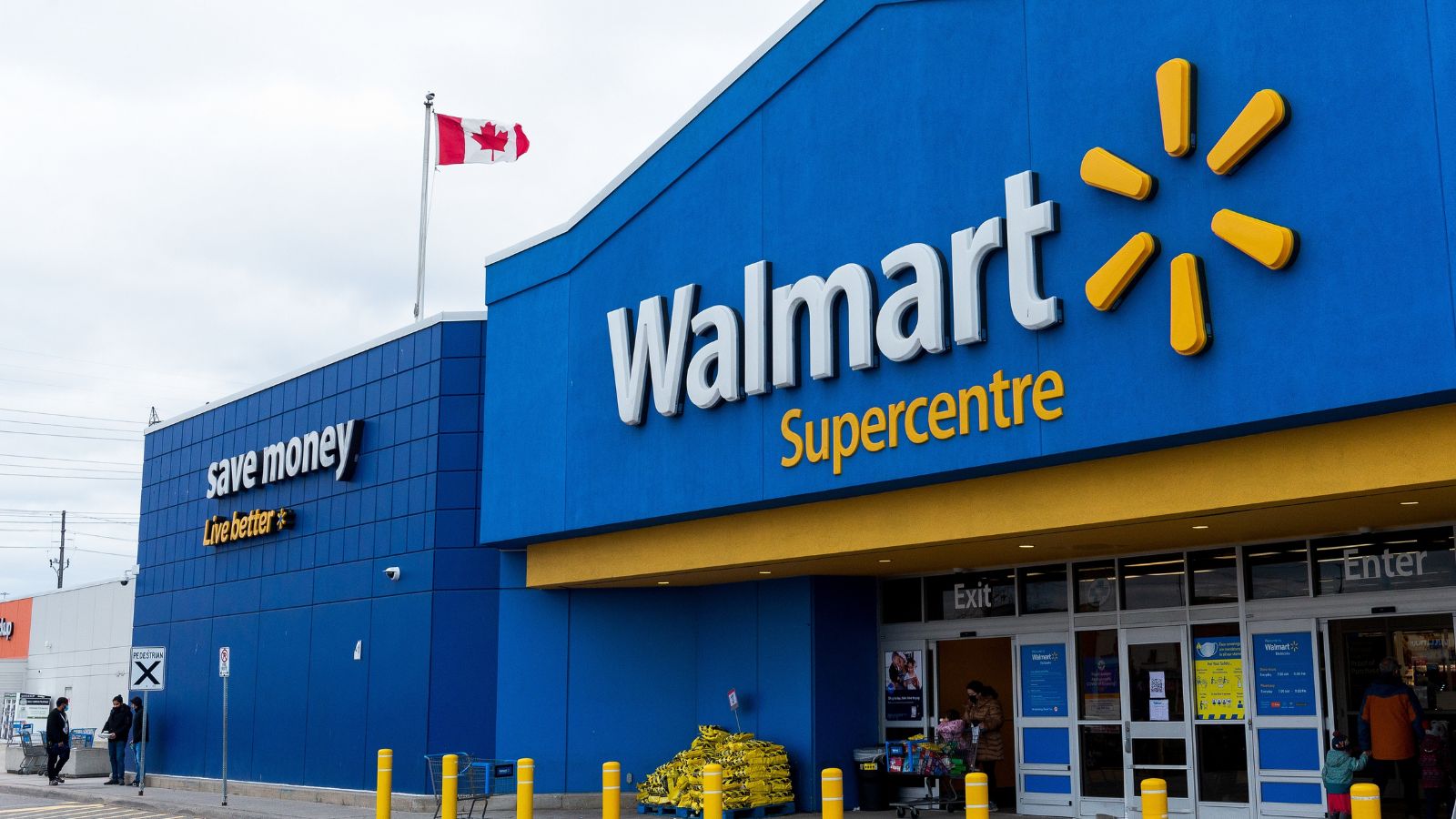
Walmart’s promise of low prices has a high cost for Canadian labor and small towns. The arrival of a Walmart Supercentre often drives out local grocers, clothing shops, and hardware stores, leaving communities more dependent on the chain. While the company employs thousands of Canadians, wages and benefits are frequently criticized as insufficient for a decent standard of living. Furthermore, its immense buying power means Canadian suppliers often face intense pressure to reduce prices, sometimes at the cost of quality and jobs.
McDonald’s
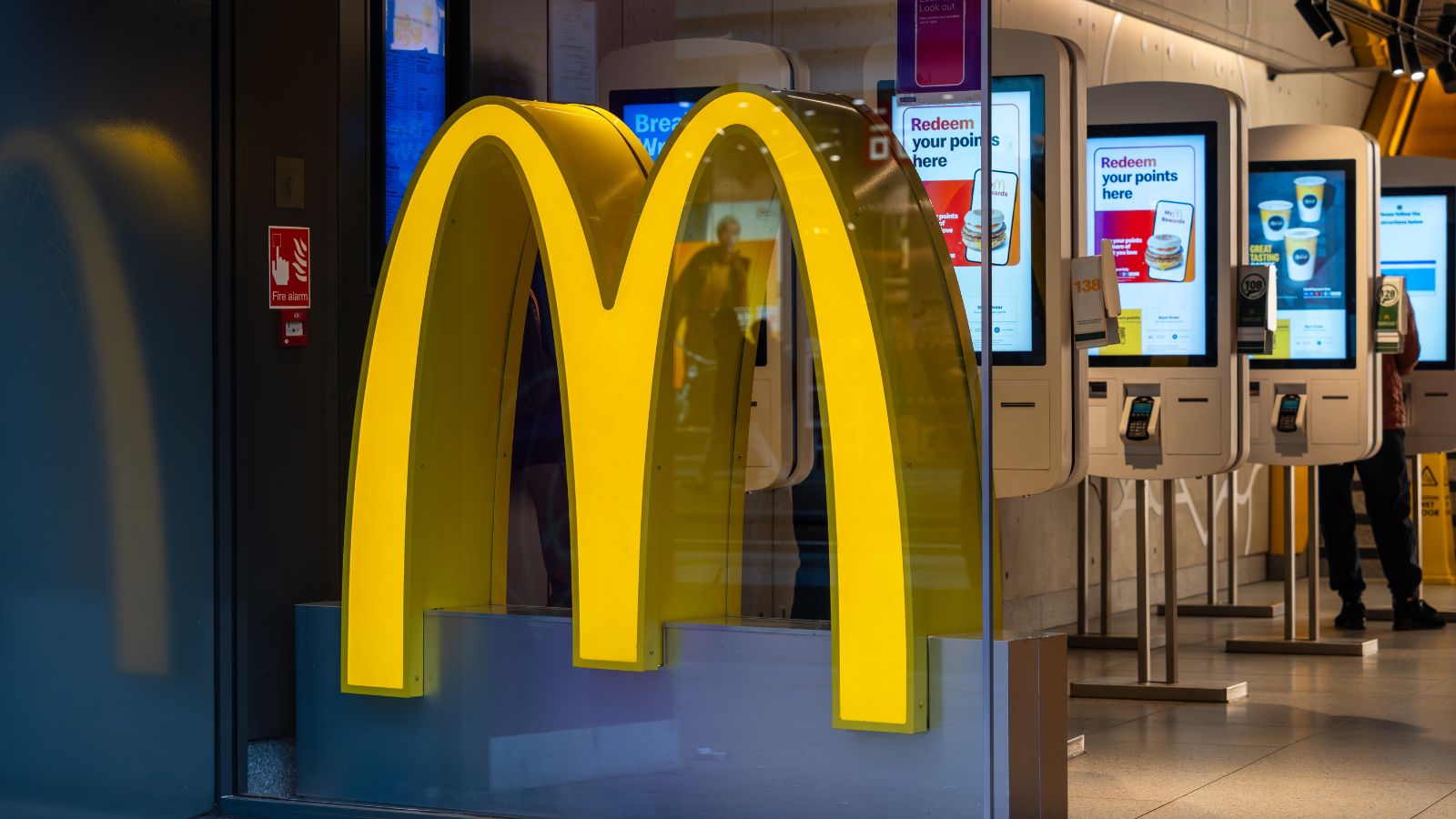
While McDonald’s remains a go-to option for fast food, it’s long been associated with low wages, precarious work, and an erosion of food culture. Many of its Canadian employees are part-time or on flexible schedules with limited benefits, making financial stability difficult. The dominance of chains like McDonald’s contributes to a homogenized food landscape, undermining local diners and restaurants. Additionally, the environmental footprint of its packaging and supply chains weighs heavily on Canadian sustainability efforts.
Apple

Apple’s sleek branding and loyal customer base mask significant pricing disparities and repair limitations in Canada. iPhones, Macs, and accessories often cost substantially more north of the border, despite currency differences that don’t always justify the markup. Canadian consumers also face strict repair restrictions, fueling electronic waste and reducing consumer rights. While the tech giant rakes in billions, it contributes comparatively little to Canadian infrastructure or innovation.

Google’s influence in Canada is vast,from search engines and advertising to smart devices and Android phones, but that power comes with serious consequences. Canadian publishers and media outlets have long raised concerns about Google’s ad dominance siphoning revenue from local journalism. In recent years, the platform’s data collection practices have sparked alarms around digital privacy and sovereignty. With profits largely funnelled back to the U.S., the economic benefit to Canada remains lopsided.
Facebook (Meta)

Meta’s platforms, Facebook, Instagram, and WhatsApp, are ubiquitous in Canada, yet they’ve played a notable role in undermining trust in news and democracy. In response to Canadian legislation aimed at ensuring fair compensation for news content, Meta blocked Canadian news entirely on its platforms, sparking outrage and confusion. Local news outlets suffer from this move, and users are left without access to critical local updates during emergencies. Meanwhile, Meta’s algorithms often promote sensationalism, contributing to division and misinformation.
Netflix

Netflix is beloved for its content, but its presence in Canada has brought challenges for the local entertainment industry. The streaming giant profits immensely from Canadian subscribers, yet for years contributed little to local production or talent development. Although some Canadian content is now being created, many critics argue it remains tokenistic and insufficient. Meanwhile, traditional broadcasters and creators face declining revenues and stiff competition from a player with far greater resources.
Starbucks

Starbucks offers a consistent, familiar coffee experience—but at a cost to Canadian coffee culture and small businesses. Independent cafes and roasters often struggle to compete with Starbucks’ global brand recognition and prime real estate placement. The company’s environmental record has also been scrutinized, particularly for its heavy reliance on single-use plastics in Canada. Although Starbucks provides jobs, most are part-time and offer minimal long-term career support.
Uber

Uber disrupted Canadian transportation with cheaper rides and convenience, but it’s also disrupted labor rights and local economies. Taxi operators in cities like Toronto, Montreal, and Vancouver have lost significant income and investment due to Uber’s unregulated arrival. Many Uber drivers in Canada face uncertain earnings, lack benefits, and are not classified as employees, raising questions about fairness and worker protection. The impact on public transit is also concerning, as Uber draws users away from sustainable infrastructure.
Costco
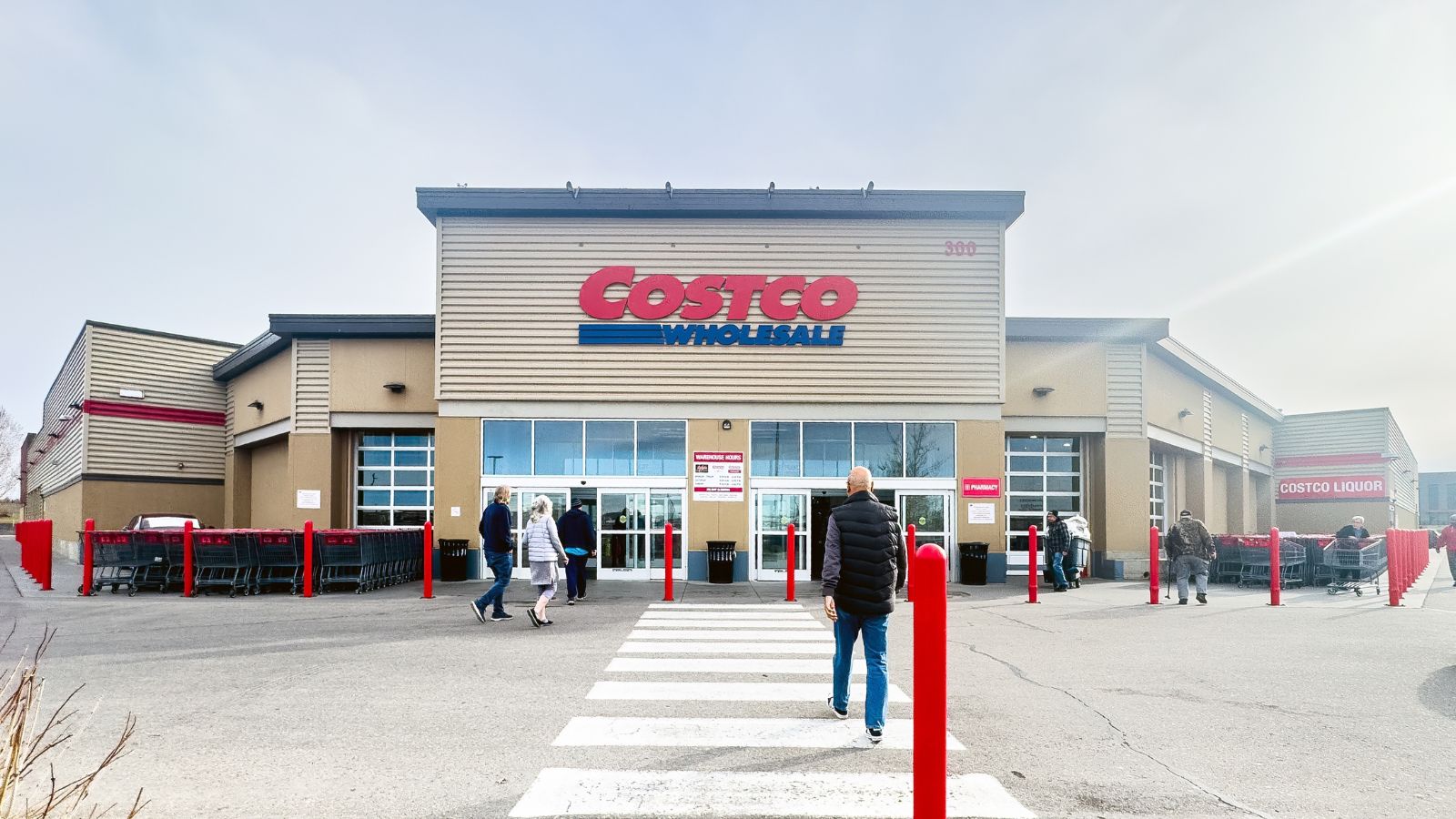
Costco is beloved for bulk deals and savings, but its pricing strategies can undercut local Canadian retailers, especially in the grocery and pharmacy sectors. Canadian suppliers often have to meet tight margin demands to maintain shelf space in Costco’s limited inventory model. Additionally, the requirement for a paid membership may exclude lower-income shoppers who could otherwise benefit from bulk savings. While Costco does provide stable jobs, its dominance influences how food and goods are priced across the country.
Target (briefly in Canada)
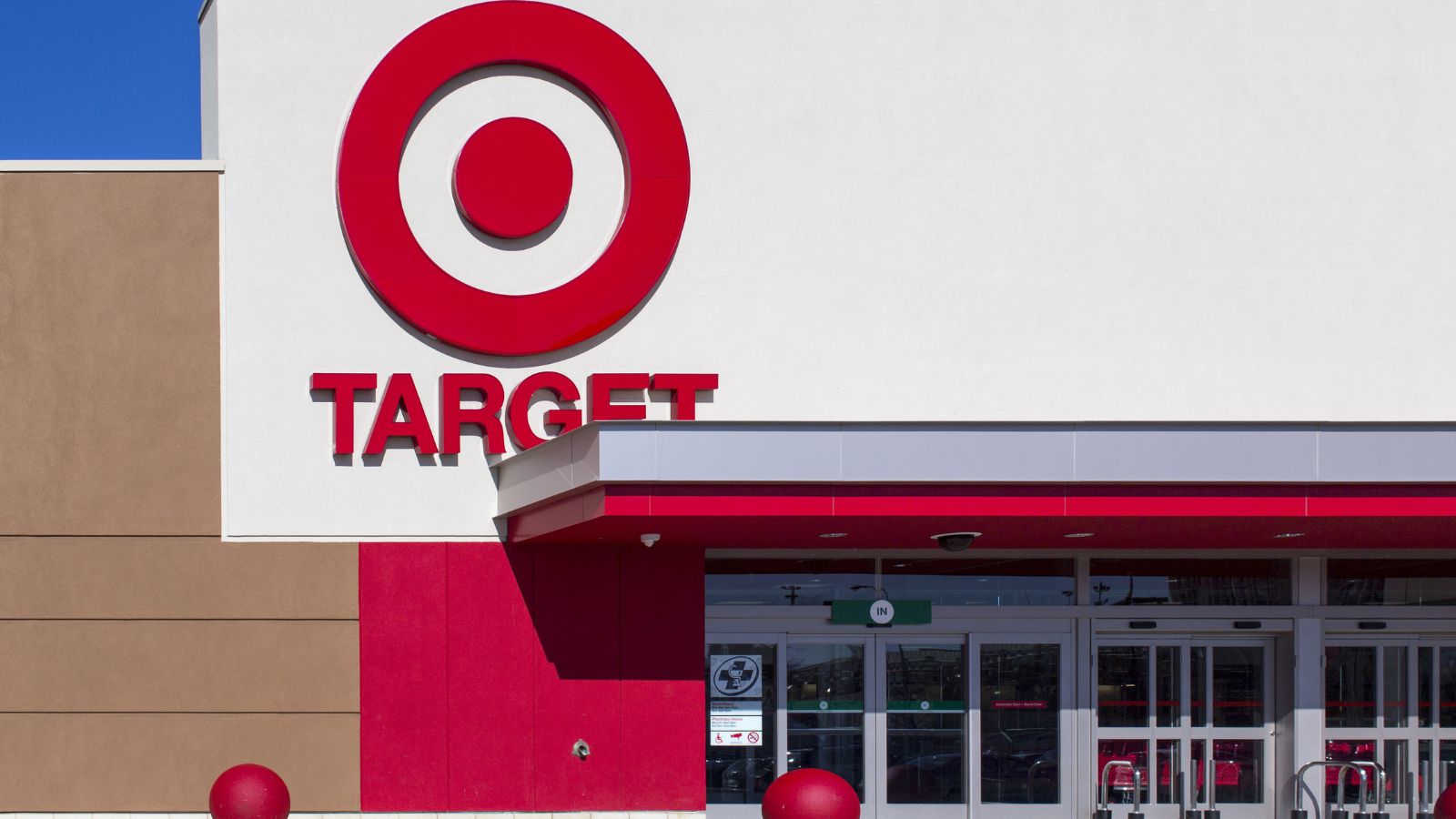
Target’s short-lived expansion into Canada serves as a case study in how American corporate missteps can harm Canadian retail landscapes. Though it exited quickly, Target’s presence displaced workers, shuttered Zellers stores, and left behind vacant retail space and community disruption. Many Canadians lost jobs, and shoppers were disappointed by high prices and poor inventory compared to U.S. stores. The episode is a reminder of how poorly adapted American business models can still leave deep scars.
Home Depot
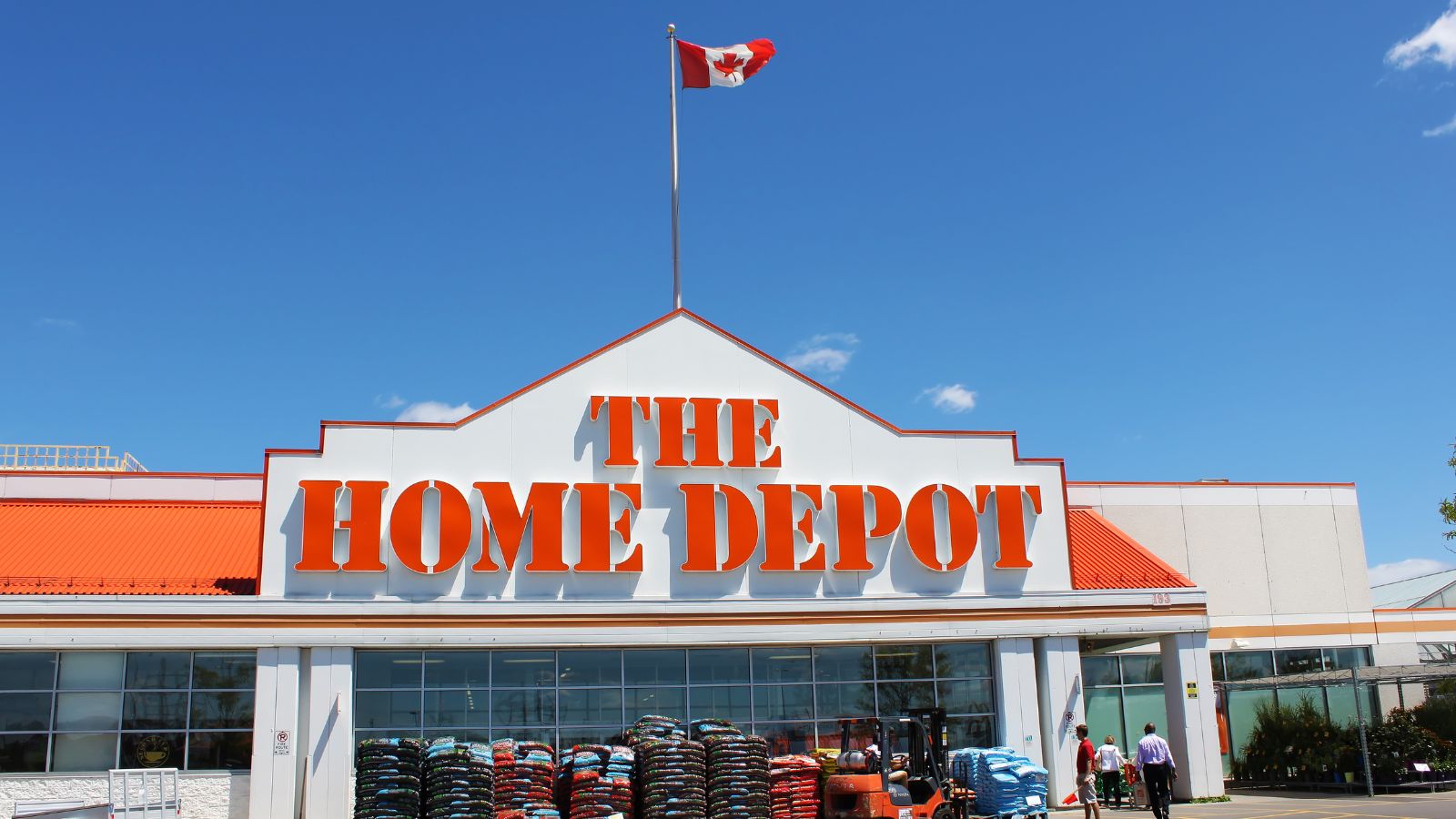
Home Depot has become the go-to home improvement store for many Canadians, often at the expense of smaller hardware stores and family-owned shops. As with other big-box retailers, it exerts downward pressure on supplier pricing and tends to standardize offerings, limiting local product variety. Despite operating extensively in Canada, most of its profits return to the U.S., and its support for local trades and skilled labor is limited. The shift from local to corporate has diluted community-specific expertise in home improvement.
Best Buy

Best Buy dominates the Canadian electronics retail scene, but that dominance has come with a cost to local businesses and consumer choice. Many Canadian-owned electronics stores have vanished due to the aggressive pricing and marketing of Best Buy. The store also promotes short product cycles, contributing to electronic waste and fast consumer turnover. Customer service and tech support have been criticized as impersonal compared to specialized local retailers.
Kellogg’s
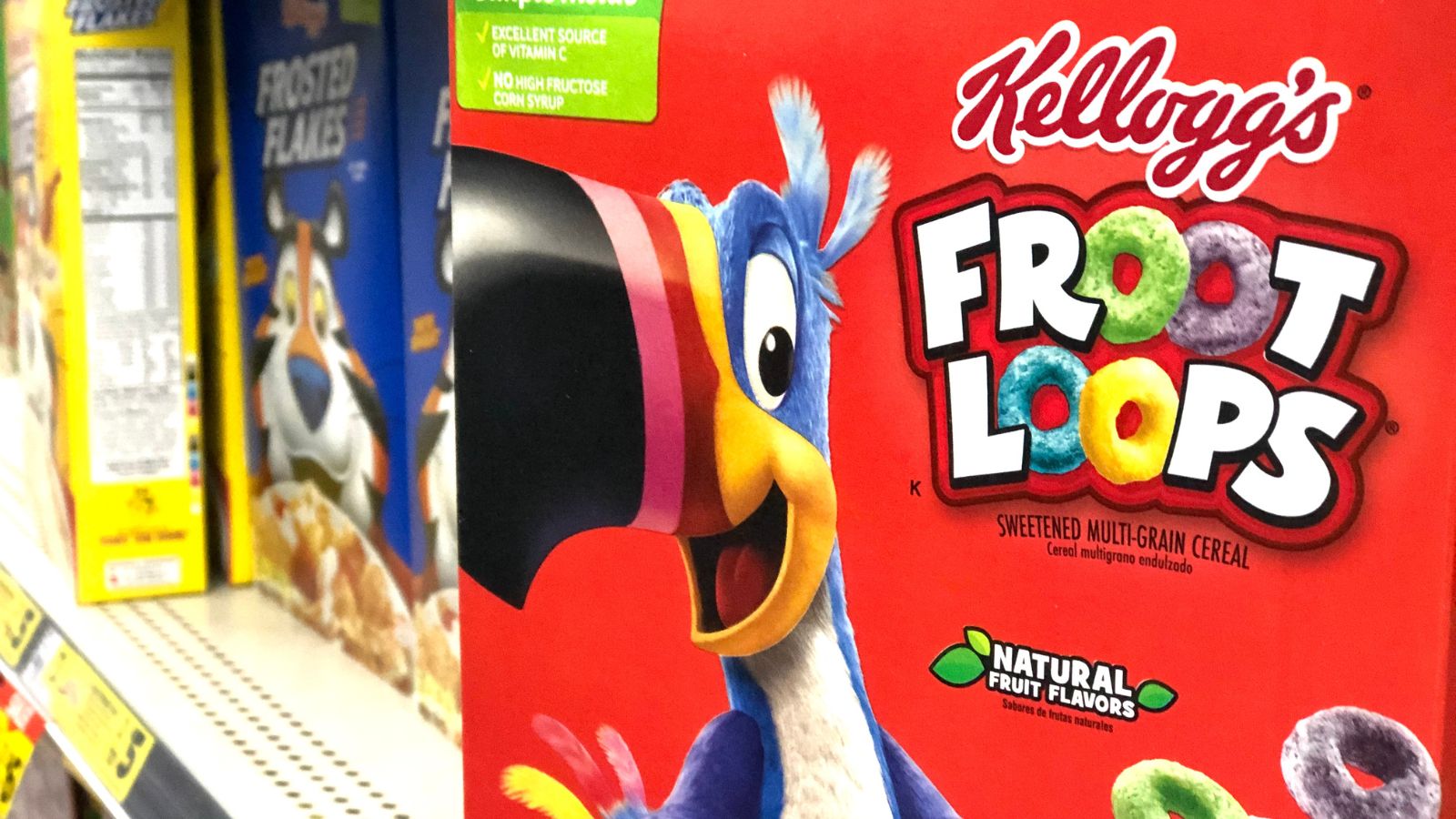
Kellogg’s cereals are a staple in many Canadian households, but the company has faced backlash over factory closures and outsourcing. In recent years, Canadian workers have lost jobs as production shifted to facilities in the U.S. and abroad. Price increases on staple cereals have also raised eyebrows, especially given the minimal wage increases for workers. Meanwhile, smaller Canadian food producers struggle to compete on shelf space in grocery stores dominated by big U.S. brands.
Nike
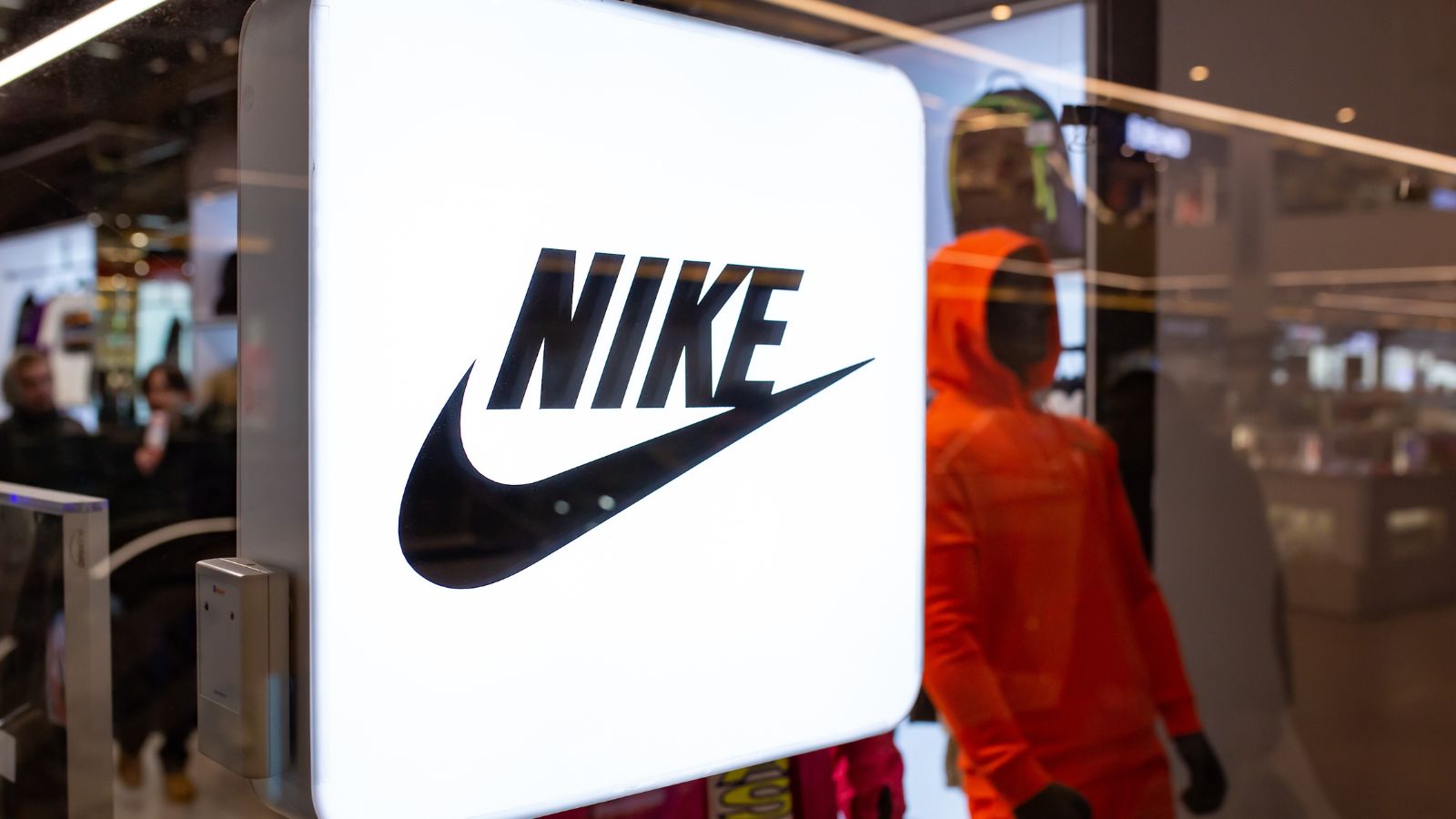
Nike’s popularity in Canada is massive, yet many of its products come with significant markup compared to U.S. prices. This price inflation is frustrating for Canadians, especially when combined with limited availability of styles and frequent out-of-stock items. Nike has also been criticized for its lack of transparency around Canadian labor standards in retail outlets. While its branding promotes social justice and empowerment, its impact on local economies and pricing fairness is more complicated.
Chevron

Chevron may not have a massive consumer-facing presence like some brands, but its influence in the Canadian oil and gas sector is significant. The company has been involved in controversial pipeline projects and environmental issues in British Columbia and Alberta. While benefiting from Canadian natural resources, Chevron often skirts public accountability and pays comparatively low taxes. Environmental groups have long criticized its role in expanding fossil fuel infrastructure at the expense of Indigenous land and climate goals.
21 Products Canadians Should Stockpile Before Tariffs Hit

If trade tensions escalate between Canada and the U.S., everyday essentials can suddenly disappear or skyrocket in price. Products like pantry basics and tech must-haves that depend on are deeply tied to cross-border supply chains and are likely to face various kinds of disruptions
21 Products Canadians Should Stockpile Before Tariffs Hit
